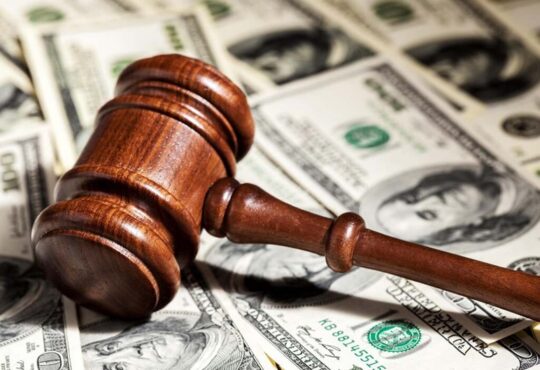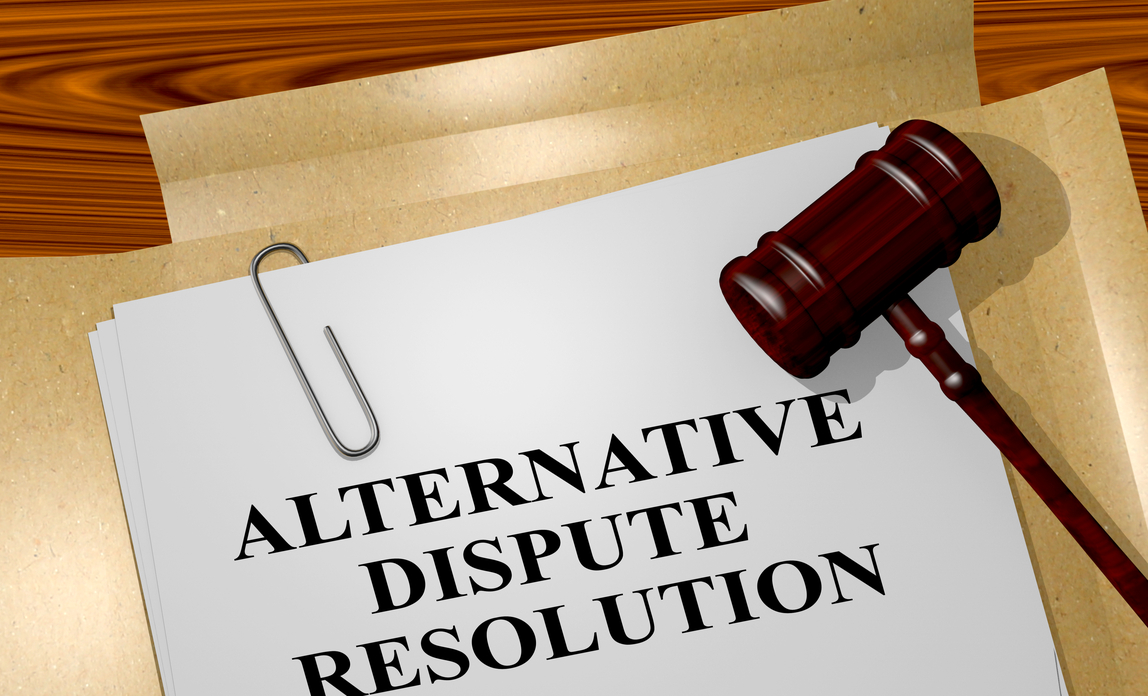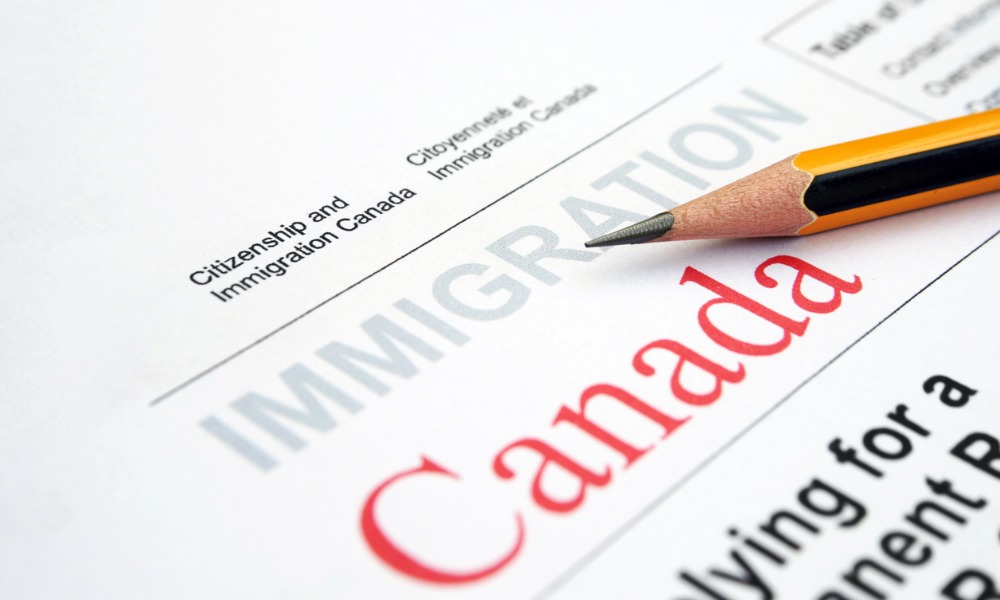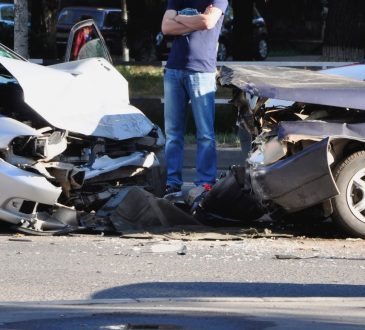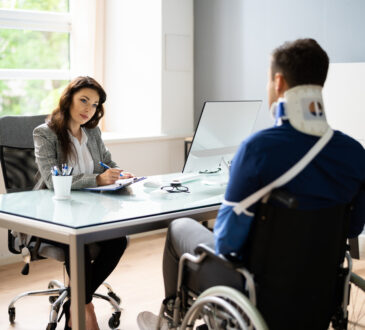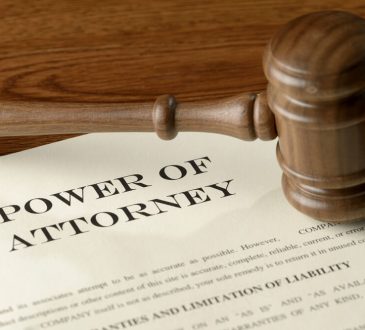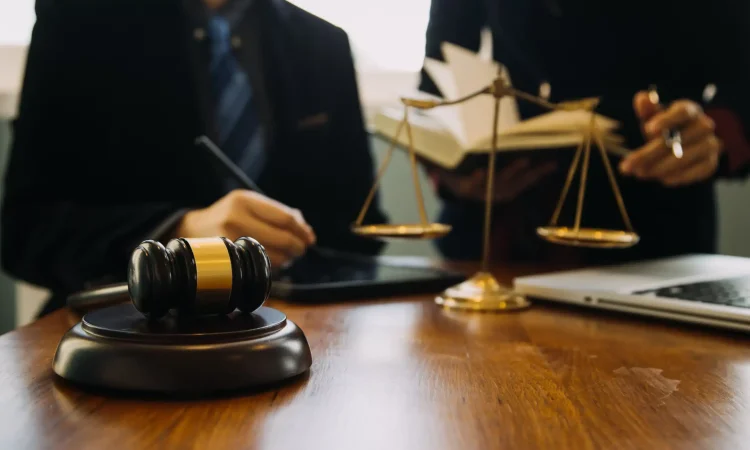
New York City’s boroughs share a skyline, but not always the same courtroom tempo. For someone recovering from a crash on the BQE or a fall on a Bronx jobsite, the path to compensation can look different depending on where the case is filed and how quickly evidence is preserved. That’s where seasoned local counsel matters. Firms such as Oresky & Associates PLLC, regularly retained when someone needs a Brooklyn Personal Injury Lawyer or a Bronx trial team, navigate the subtle, borough-by-borough differences that can make or break a claim. This guide walks through key factors that shape results, from court procedures and liability strategy to medical documentation, construction law, complex collisions, and the rising role of emotional distress damages.
Comparing injury claim procedures between Bronx and Brooklyn courts
While both Bronx and Kings County (Brooklyn) follow New York’s statewide civil rules, practical differences emerge in pace, jury composition, and scheduling.
- Venue and filing: Personal injury lawsuits typically file in Supreme Court, Bronx County or Kings County, using the NYSCEF e-filing system where available. Venue is proper where a party resides or where the accident occurred. Strategic venue selection can influence settlement leverage.
- Timelines: Calendars in the Bronx and Brooklyn are busy, but the cadence can differ by part and judge. After filing and serving, parties exchange discovery, then attend a preliminary conference, often within a few months. Discovery deadlines, compliance conferences, and motion schedules vary: counsel who regularly practice before local parts anticipate these rhythms to avoid delay.
- Jury pools and verdict climate: The Bronx has a long-standing reputation for higher pain-and-suffering awards in severe injury cases. Brooklyn juries can also be plaintiff-friendly, though outcomes trend more varied across neighborhoods. Either way, credible documentation and clear liability remain decisive.
- Municipal and no-fault wrinkles: For claims against the City or public authorities, a Notice of Claim generally must be filed within 90 days and suit within one year and 90 days (different from the typical three-year statute for negligence). No-fault benefits require a prompt application, usually within 30 days of a motor vehicle crash, to unlock medical and wage replacement coverage regardless of fault.
Experienced litigators tailor litigation strategy to each courthouse’s expectations, pushing discovery forward, locking in testimony early, and timing mediation when medical recovery and damages proof are mature.
How experienced attorneys build compelling liability arguments
Winning liability often comes down to investigation discipline and story clarity. The best Brooklyn Personal Injury Lawyer or Bronx trial team doesn’t wait for discovery to reveal the truth, they build it from day one.
- Scene preservation: Early spoliation letters demand preservation of surveillance footage, incident reports, and physical evidence (like a broken handrail or scaffold component). In traffic cases, counsel seeks dashcam clips, intersection cameras, and 911 audio: in premises cases, they request maintenance logs and sweep sheets.
- Data and forensics: Modern cases are data-heavy. Event data recorders (EDR) from vehicles, cell site records for distracted driving, and biomechanics or human factors experts can transform a he-said-she-said into compelling proof.
- Standards and regulations: Liability sticks when counsel ties conduct to a concrete standard, New York City building codes, Labor Law duties, DOT regulations, or industry safety rules. Violations give juries something objective to rely on.
- Credible narratives: Jurors respond to simple, consistent timelines. Attorneys test themes early, at depositions and mediations, to refine the theory. They anticipate defenses (comparative negligence, sudden emergency, trivial defect) and neutralize them with demonstratives and fact witnesses.
Firms like Oresky & Associates PLLC are known for aggressive early investigation, a practice that often increases settlement value before trial dates are even set.
The importance of prompt medical reporting for strong cases
Medical records are the spine of a personal injury case. Delays create doubt. Adjusters and juries alike ask: if it hurt, why didn’t they go?
- Immediate evaluation: Whether at Jacobi in the Bronx or Maimonides in Brooklyn, an ER visit or urgent care check within hours to days of the incident documents causation. Report every affected body part, even minor aches, because “the small pain” can later reveal a tear or fracture.
- No-fault timelines: In motor vehicle cases, claimants generally must submit a no-fault application within 30 days. Missing that window can jeopardize coverage for medical bills and wages.
- Continuity of care: Gaps in treatment (say, disappearing for two months) invite arguments that the injury resolved or was unrelated. Consistent follow-ups, imaging when indicated, and specialist referrals paint a credible recovery arc.
- Objective testing: MRIs, EMGs, and range-of-motion measurements give objective anchors to complaints. When surgery is recommended, documentation of conservative care first, PT, injections, can bolster necessity and damages.
A savvy attorney coordinates with providers to ensure records are thorough, ICD codes are accurate, and narrative reports address causation, permanency, and future care costs.
Worker protection laws and their role in Brooklyn construction injuries
Brooklyn’s construction boom, waterfront towers, brownstone renovations, infrastructure projects, brings risk. New York’s worker-protective statutes often determine outcomes more than any single witness.
- Labor Law § 240(1) (the “Scaffold Law”): Owners and general contractors must provide proper protection for elevation-related risks. If a worker falls from a height or is struck by a falling object due to inadequate safety devices (like harnesses, guardrails, or hoists), liability can be imposed regardless of the worker’s comparative fault.
- Labor Law § 241(6): Requires compliance with specific Industrial Code provisions on construction, excavation, and demolition. Citing the right subsections (for example, debris removal or slippery surface rules) is critical.
- Labor Law § 200 and common-law negligence: Focus on site control and notice of hazards. Subcontractor control and contractual relationships matter here.
- Third-party targets: Even when an employer’s workers’ comp immunity prevents suit against the employer, injured workers can pursue owners, GCs, or other trades whose acts or omissions contributed to the accident.
Attorneys in Brooklyn routinely pair site photos, toolbox talk records, and safety manuals with expert testimony to show what should have been done and what wasn’t. The result is a clean liability framework and a clearer path to full compensation.
Securing third-party claims in multi-vehicle collision cases
Chain-reaction crashes on the BQE, Major Deegan, or Atlantic Avenue create a tangle of insurers and finger-pointing. Sorting it out requires speed and structure.
- Multi-defendant strategy: Identify every potentially responsible driver, employer (for commercial vehicles), maintenance contractor, and vehicle owner. Timely pleadings and cross-claims preserve apportionment rights.
- Evidence preservation: Send spoliation notices for EDR data, telematics, dashcams, and fleet GPS. Intersection camera requests and nearby business footage can resolve sequence and speed disputes.
- Accident reconstruction: Reconstructionists model timing, braking, and perception-reaction intervals. Their visuals help juries understand why a rear-most driver, not the middle car, may bear the brunt of fault.
- Apportionment and damages: Under New York law, defendants less than 50% at fault may have limited exposure to non-economic damages, but joint and several liability often still applies to economic losses. Mapping this early informs settlement brackets and mediation posture.
A Brooklyn Personal Injury Lawyer familiar with local traffic patterns and courthouse expectations can streamline discovery, narrow disputes, and push carriers toward fair resolutions.
Emotional distress compensation: a rising category in verdicts
Emotional harms aren’t an afterthought anymore: they’re often central to value. When documented well, anxiety, depression, PTSD, sleep disturbance, and loss of enjoyment of life can meaningfully increase awards.
- Pain and suffering vs. standalone claims: In most personal injury suits, emotional distress is compensated within pain and suffering. Standalone negligent or intentional infliction claims have specific elements and limited use. More common: robust proof of psychological injury tied to the physical harm.
- Evidence that resonates: Diagnoses from licensed psychologists or psychiatrists, therapy records, standardized instruments (like PCL-5 for PTSD), and medication history make the invisible visible. Day-in-the-life videos and testimony from family or coworkers can humanize the changes.
- Bronx and Brooklyn trends: Plaintiff verdicts that recognize mental health impacts are increasingly routine, especially where testimony is consistent and treatment is ongoing. The key isn’t drama, it’s credibility.
- Defense pushback: Carriers often label treatment as “subjective.” Counter with longitudinal notes, objective testing where applicable, and providers who explain causation and prognosis in plain language.
Firms such as Oresky & Associates PLLC emphasize thorough, respectful documentation of emotional injuries alongside orthopedic or neurological issues, reflecting how clients actually live post-accident.

